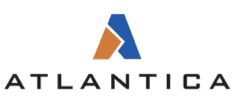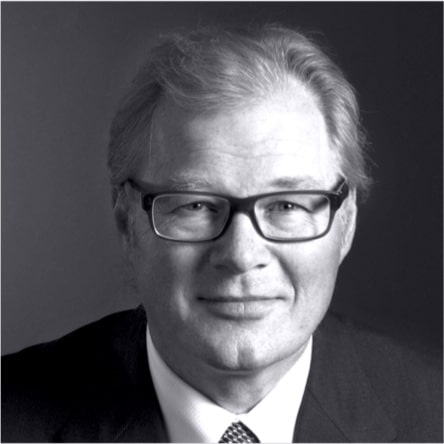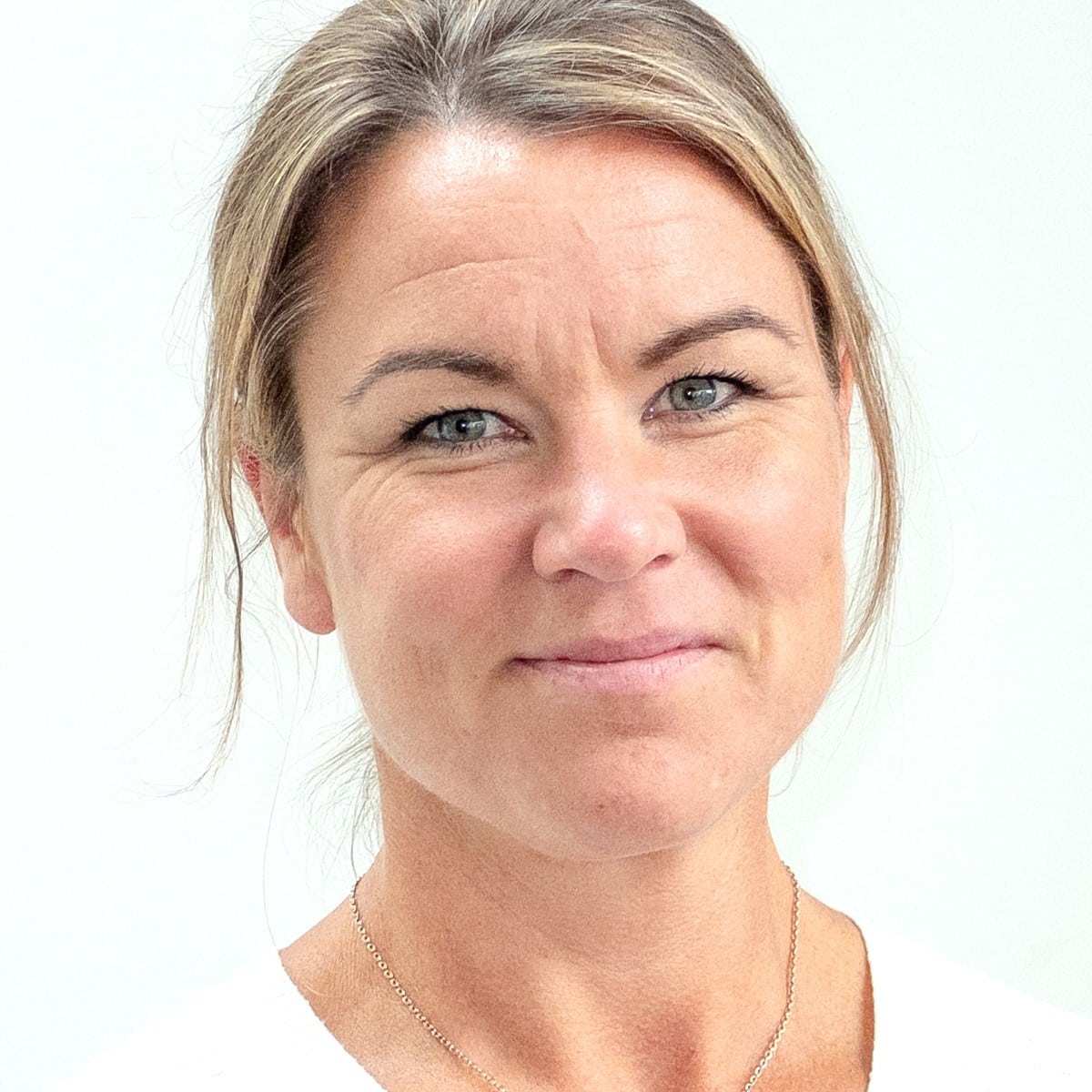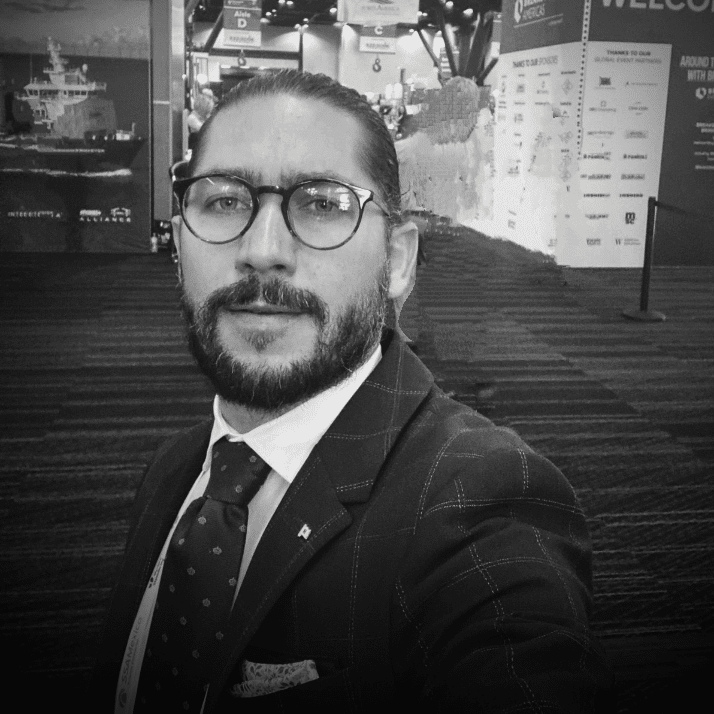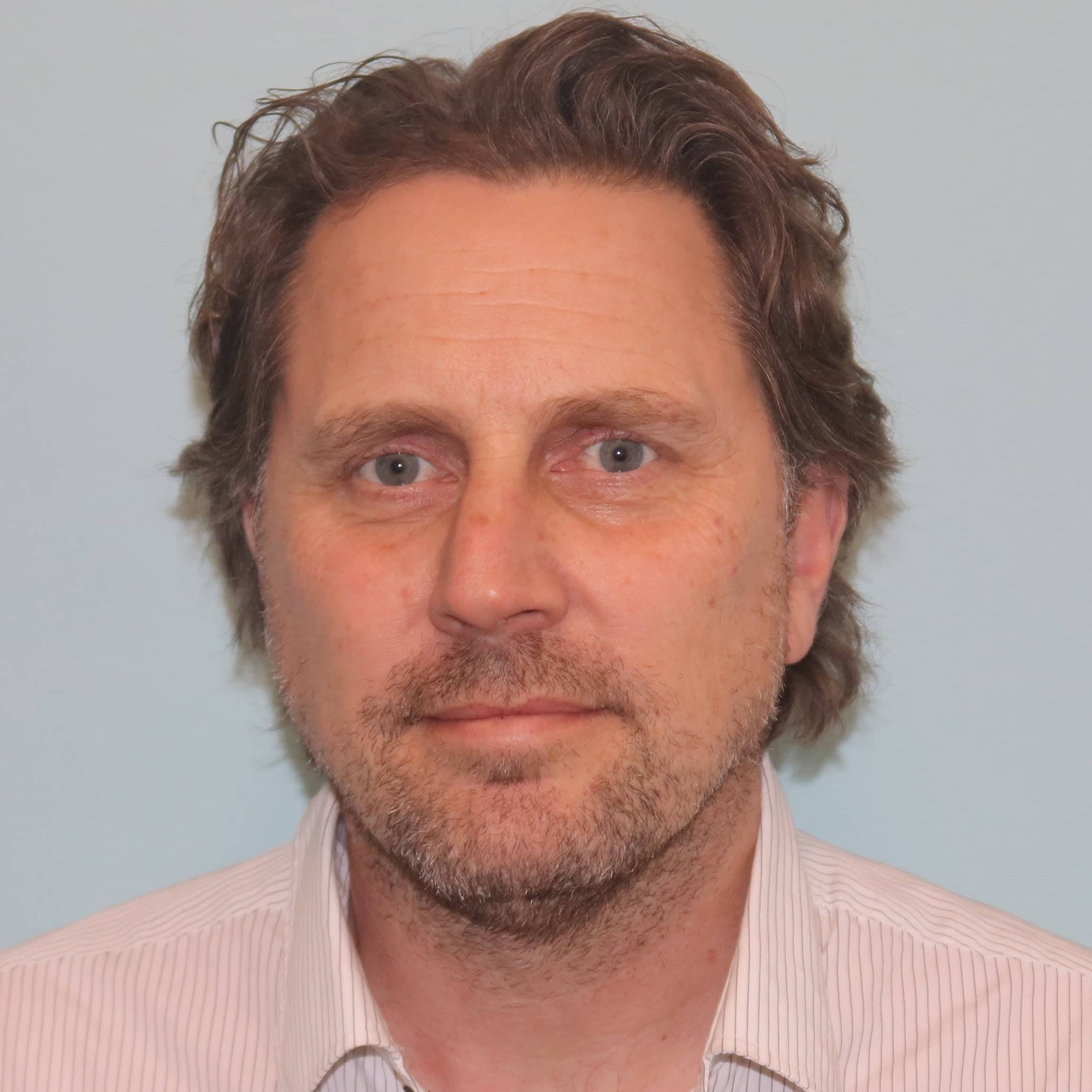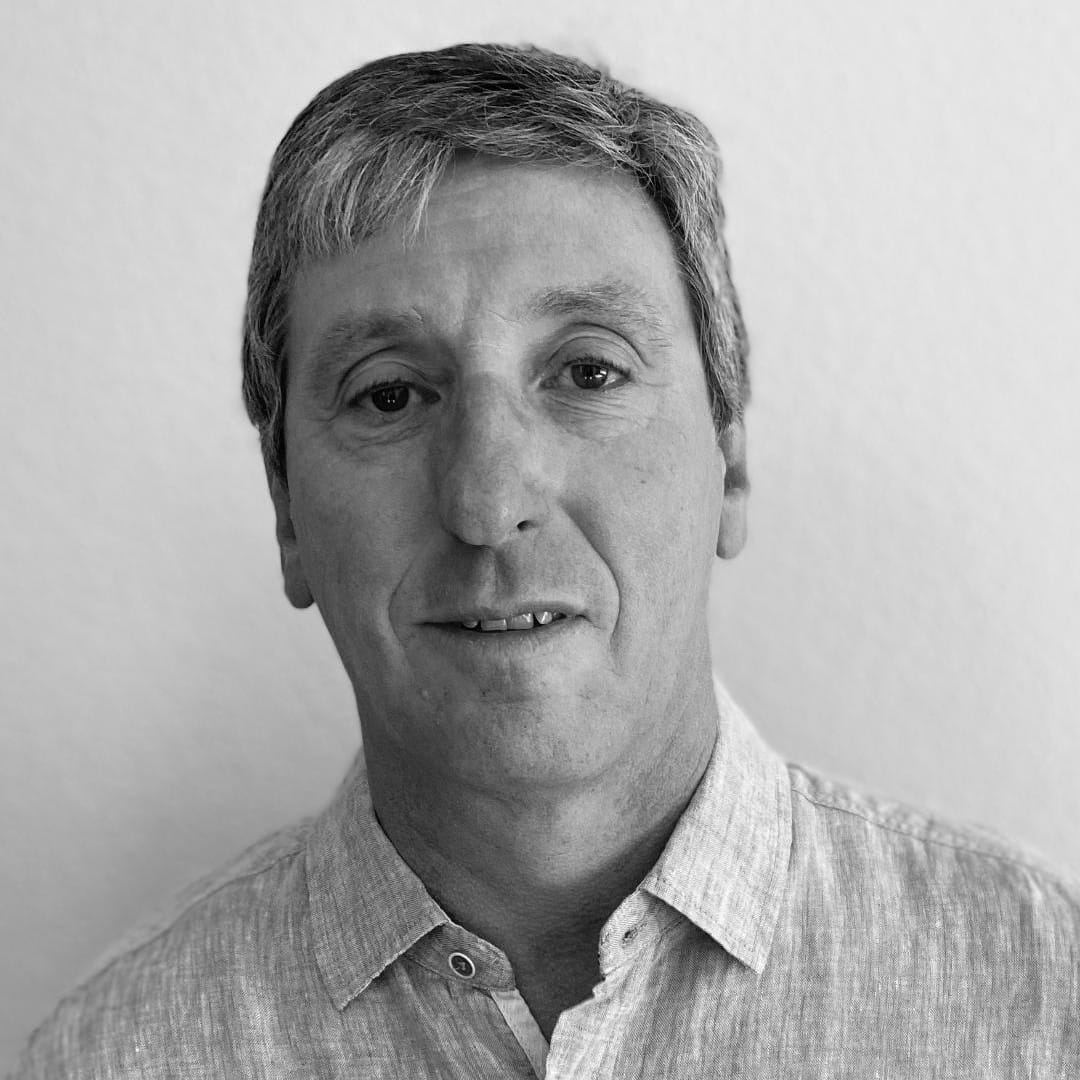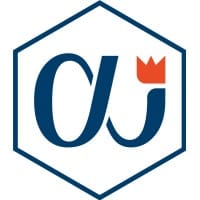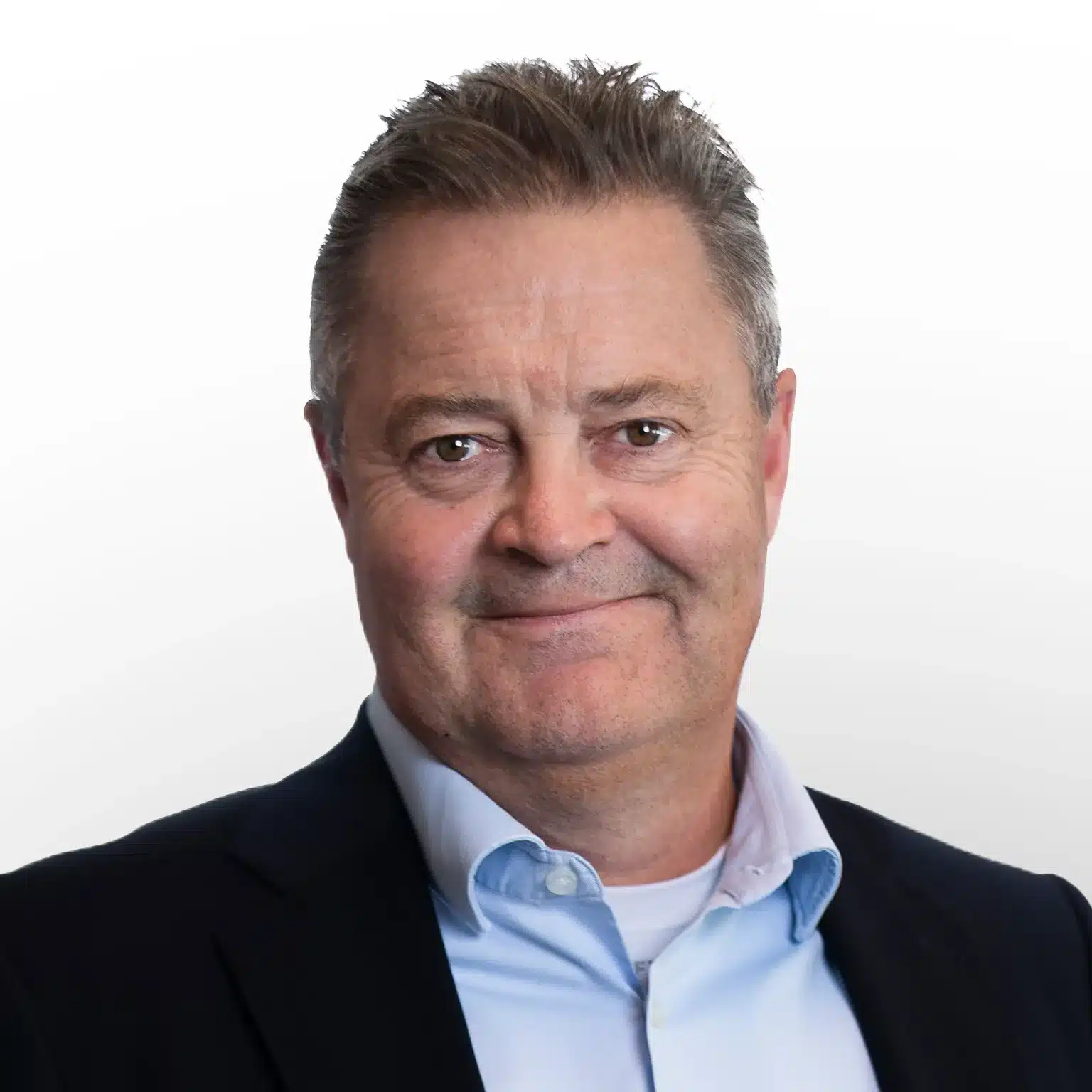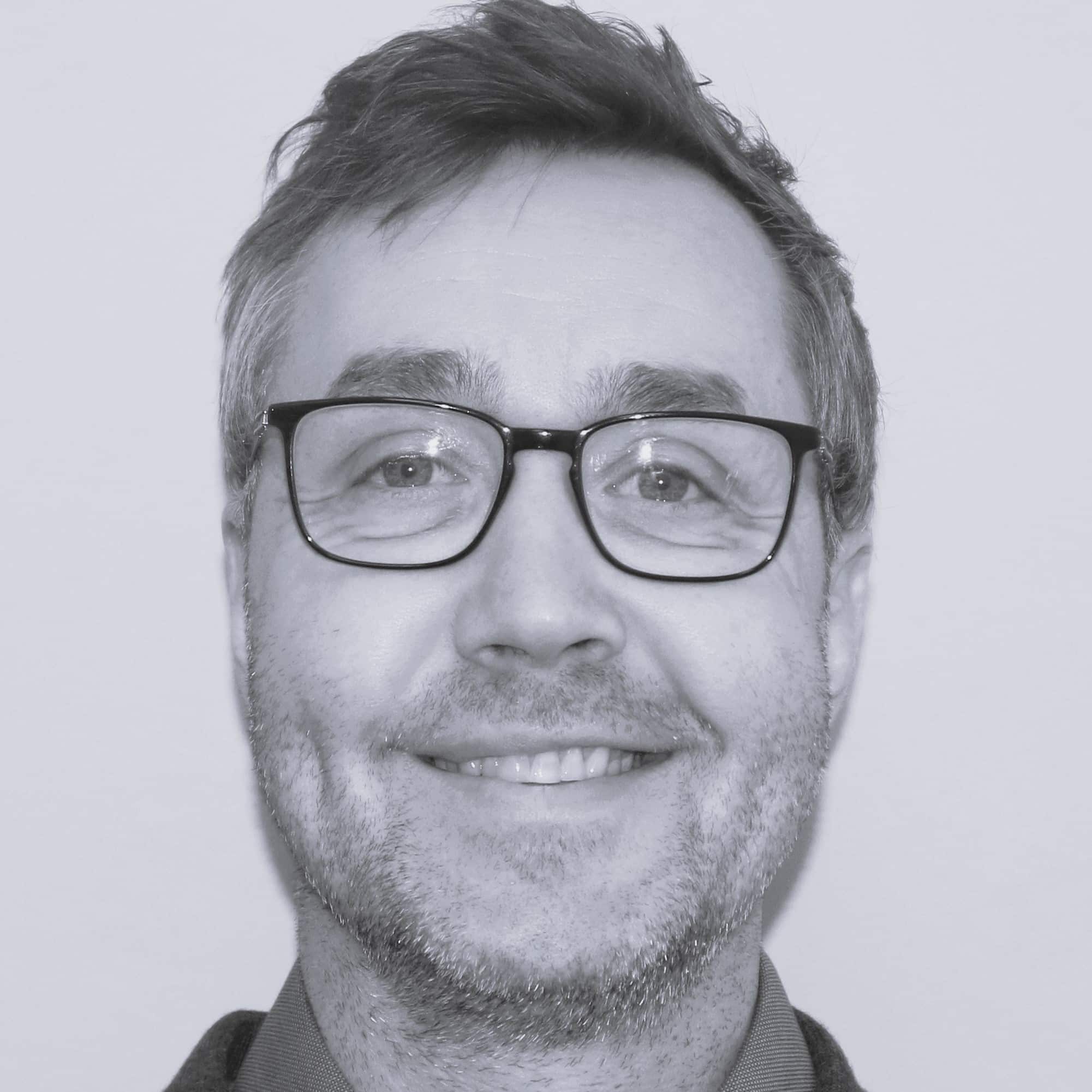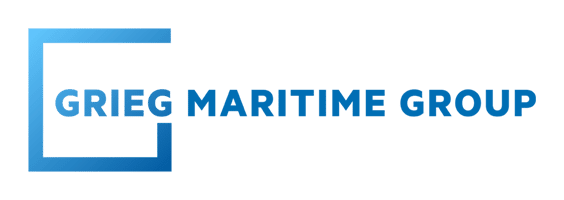No new drilling contracts were announced this week, but Saipem did secure a contract for the conversion of its Scarabeo 5 semisub into an FPU. Meanwhile, there were plenty of new reports about drilling activities in the U.S. Gulf of Mexico, Norway, and the UK.
In case you missed it, you can access our previous Rig Market Roundup here.
Contracts
Italy’s Saipem has won a contract from Eni Congo for the conversion of the Scarabeo 5 semisubmersible rig into a separation and boosting plant (Floating Production Unit – FPU). This is one of two contracts secured by Saipem for a total value of around $700 million. Scarabeo 5 is a 4th generation semisub of a Moss ME 4500 DP design delivered in 1990. It last worked for Eni in Angola in early 2023 and it’s currently laid up. The FPU is a semisubmersible production platform that receives the production fluids from wellheads riser platforms, separates the gas from liquids and boosts the gas in order to feed the nearby Floating LNG (FLNG) unit. The contract, subsequent to an agreement signed early this year for the execution of preliminary engineering and procurement activities, entails the Engineering, Procurement, Construction, Transportation and Commissioning of the FPU, to be installed offshore the coast of the Republic of Congo, located northwest of the Djeno Terminal, in a depth of about 35 metres. The commissioning offshore works and the start-up of the FPU are scheduled by the fourth quarter of 2025. This contract awarded to Saipem is part of Eni’s Congo LNG Project, the country’s first natural gas liquefaction project that is expected to reach an overall liquefied natural gas (LNG) production capacity of 3 million tons per year (approximately 4.5 billion cubic meters/year) from 2025. In addition, Saipem has been awarded a contract by bp for offshore activities in the Gulf of Mexico related to the Argos Floating Production Unit (FPU). The vessel Saipem Constellation will carry out the marine activities required for the project.
Drilling Activity and Discoveries
Development drilling at the Beacon-operated Winterfell field in the US Gulf is scheduled to begin later this month. Diamond Offshore-managed 12,000-ft drillship West Vela will drill the wells once it is released by bp. Winterfell is located in about 5,400 ft of water. West Vela is owned by Seadrill.
OMV has started drilling operations on the Velocette (PL1016) exploration well in the Norwegian Sea. OMV Norge is the operator of PL1016 with a 40% interest and its partners are Longboat JAPEX Norge (20%) and INPEX Idemitsu Norge (40%). OMV secured safety consent from the Norwegian authorities to drill the well in July and a drilling permit earlier this month. The Velocette well 6607/3-1 S is being drilled with the 10,000-ft Transocean Norge semisub. The water depth at the site is 475 meters. The duration of the drilling campaign is up to 61 days in case of a discovery. Velocette is a gas-condensate prospect targeting Cretaceous Nise turbidite sands on the eastern flank of the Utgard High in the Norwegian Sea. The prospect benefits from seismic amplitude anomalies indicative of gas-filled sands and is located within tieback distance from the Equinor-operated, producing Aasta Hansteen field (~45 km). Velocette is estimated to contain gross unrisked mean resources of 177 mmboe with a geological chance of success of 30%. A number of follow-on opportunities exist within the licence PL1016 with aggregate gross unrisked mean resources of ~200 mmboe, which would be significantly de-risked by success in the Velocette well. The key risks associated with this prospect are reservoir presence and quality.
Valaris Norway, the Valaris-owned 400-ft N class heavy-duty jackup, is expected to start its contract with NEO Energy to decommission the Victoria subsea well in the UK North Sea around mid-August 2023. The rig will be in charge of decommissioning and removal of the Victoria subsea well, Xmas tree & protection structure in block 49/17a under a contract with an estimated duration of 20 days and a dayrate of $105,000. THREE60 Energy (Wells) will conduct these operations on behalf of NEO Energy as the licence operator. Work at the location may begin on 15/16 August. The rig has been warm stacked in Dundee since early July 2023 following the completion of its contract with Centrica Storage in June. After the NEO Energy contract, the rig will move on to drill North Sea Natural Resources’ Devil’s Hole Horst (DHH) appraisal well in the Central North Sea. This well will also be operated by THREE60 Energy.
Talos Energy has successfully drilled its Sunspear prospect in the US Gulf, encountering commercial quantities of oil and gas. Preliminary post-drill analysis indicates approximately 260 ft of gross true vertical thickness of oil pay (177 ft net across two targets), including 149 ft of net oil pay in the main target in line with pre-drill expectations. The well will be tied into the Prince platform, which was included in its acquisition of EnVen. Seadrill 12,000-ft semisub Sevan Louisiana drilled the Green Canyon Block 78 well in 2,211 ft of water. First oil from Sunspear is expected within the next 18-24 months. Talos operates Sunspear with 48.0% interest. Partners are an entity managed by Ridgewood Energy with 47.5% interest and Houston Energy with 4.5% interest.
Occidental encountered non-commercial quantities of hydrocarbons in its Pancheron prospect in the US Gulf. The exploration well was drilled by the 12,000-ft drillship Valaris DS-16 from a surface location in Walker Ridge Block 24 into Green Canyon Block 992. Water depth at the well site is 5,385 ft. The well has now been plugged and abandoned. Valaris DS-16 is committed to Oxy until May 2024.
The Norwegian Petroleum Directorate (NPD) has granted Equinor a drilling permit for an exploration well in the Norwegian Sea. The well 6307/1-2 is located in production licence 1058 operated by Equinor with Harbour Energy participating as a partner. The water depth at the site is 312 m. The well will be drilled with the 10,000-ft Deepsea Stavanger semisub. Equinor in April 2023 received consent from the Petroleum Safety Authority to use the Deepsea Stavanger to drill a pilot hole 6307/1-U-1 JDE with an aim to investigate the possible presence of shallow gas, reduce uncertainties, and gather the necessary data to drill the planned exploration well 6307/1-2 JDE. This pilot hole was considered as a risk-reducing measure for the further planning of the exploration well.
Demand
In its quarterly earnings presentation this week, bp announced that it has progressed its Kaskida project in the US Gulf to the concept selection phase and is evaluating options on the Tiber project. Kaskida was discovered in 2006, and Tiber followed in 2009. Both discovery wells were drilled by Transocean semisub Deepwater Horizon, and both projects would require the use of a 20K BOP stack for well completions. bp noted it is encouraging that 20K rigs exist now and more is known about the technical aspects of these types of developments and how the reservoirs produce. Tiber is at an earlier stage in the process than Kaskida, but the operator noted that if Kaskida reaches a final investment decision (FID), then it is likely that Tiber will as well. FID for Kaskida is likely within the next two to three years. The Kaskida discovery well is in Keathley Canyon Block 292, and the Tiber discovery is in Keathley Canyon Block 102. The projects are 100% owned by bp. The two existing rigs with 20K BOP stacks are Transocean 12,000-ft drillships Deepwater Titan and Deepwater Atlas, both of which were delivered in 2022 and are operating in the US Gulf. Deepwater Atlas will be the first available, as it is set to roll off charter with Beacon in August 2024. Chevron has Deepwater Titan under contract until March 2028. Transocean has previously noted it has received interest from multiple operators regarding additional 20K work.
Market sources indicate that the appeal deadline for Lots 1 and 2 from the Petrobras pool tender for up to four rigs has passed without any objections filed. As a result, contracts are expected to proceed for drillships Deepwater Aquila, Zonda, and Norbe VIII. They are likely to be finalised this month.
DNO and OKEA, partners in the Brasse licence offshore Norway, have agreed on a fast-track development concept for the oil and gas discovery, paving the way for detailed design studies to link up with the OKEA-operated Brage field. As a result, OKEA will take over the operatorship of the project. Located in the North Sea PL740, the Brasse discovery was made in 2016 and four appraisal wells were drilled in the period 2017-2019. It is estimated that the Brasse field contains 30 mmboe, of which two-thirds is oil and the rest gas and NGL. In December 2022, DNO decided not to submit its plan for development and operation (PDO) for the Brasse as previously expected by the end of that year due to changes in the temporary petroleum tax system and industry cost pressures, which had significantly weakened the project’s economics. Later in December, OKEA and DNO entered into an agreement for OKEA to become a 50% owner of the Brasse licence, taking over the previous partner’s equity free of charge, with DNO holding the remaining 50%. OKEA has also entered into an SPA with M Vest Energy to sell 4.4424% WI in Brasse to further align ownership in the two licenses. The SPA is subject to customary government approvals. The partners in the Brasse licence have now decided to continue to mature a tieback to the Brage platform, which is located 13 kilometres north of the Brasse field. Key commercial terms for the tie-in have been agreed with the Brage licence where OKEA holds a 35.2% WI. To reduce cost and maximize the synergies with Brage, it has been agreed that the operatorship of Brasse will be transferred to OKEA from 1 September. OKEA says the decision is to continue to mature a development solution with less extensive topside modifications and a simplification of the design of the production wells compared to previous project assessments, which is expected to result in a better and less costly project. A final investment decision (FID) is expected in early 2024. The decision to submit the PDO is in process with an expiry date set for 7 February 2024 when the licence phase is also set to end and the decision to enter an extension period is due.
Seadrill was the low bidder in the OMV tender for a semisub to work off Romania at the Neptun Deep project. The rig contractor offered the 7,874-ft semisub West Phoenix. However, sources advise that the contract has not yet been finalised. The 10-well drilling project is expected to commence around Q3 2024. West Phoenix is working off Norway for Vår Energi and is due to be released in August 2024. Transiting to Romania would mean the rig would need to take down its derrick in order to cross the Bosphorus Strait. If finalised, this job would see yet another semisub depart Norway with work in hand. OMV and its partner reached a final investment decision to develop the Neptun Deep natural gas project in June 2023. First production is expected in 2027.
Mobilisation/Rig Moves
Transocean’s 1,640-ft Cat D semisub Transocean Endurance has completed its two-well contract with OKEA in Norway. The semisub secured this contract with a dayrate of $385,000 in May 2023. OKEA gained consent from the Norwegian authorities for exploration drilling in production licence 093 in block 6407/9 in the Norwegian Sea in mid-June. After a couple of months of being warm stacked following the completion of a contract with Equinor in April, the rig started the OKEA contract at the beginning of July. The contract ended that same month and the rig moved to a yard in Norway. It is now warm stacked in Hanøytangen where it’s preparing for the next contract, which is expected to begin in Australia in early 2024.
Shelf Drilling’s 350-ft jackup Shelf Drilling Resourceful has started its new three-year contract with Eni in Italy. The rig secured this three-year firm contract in the Adriatic Sea in December 2022 with four six-month option periods available thereafter which could see it busy throughout the first half of 2028. Following the completion of a contract in Nigeria in late 2022 and subsequent contract preparations in Croatia, the rig started working for Eni in August 2023.
Shelf Drilling’s 300-ft jackup Trident VIII has started its new one-year contract with Chevron in Nigeria. The rig secured the contract in Nigeria back in December 2022. Following the completion of a contract with GNPC in Ghana in June 2023 and an out-of-service period in Nigeria, the contract with Chevron started in August.
Other News
Maurel & Prom has decided to exit Namibia and has allowed its licences to lapse. The operator initiated a process to find a partner for deepwater exploration licences PEL-44 and PEL-45 in November 2022. The process ended during the first half of this year without having received any offers from the companies that had been invited to examine technical data on the two licences. Maurel & Prom then decided not to apply to enter the next exploration phase, which included drilling obligations. The leases were allowed to expire on 15 June 2023. The company no longer has operations in Namibia.
Following on the 3 August 2023 statement from Petrobras that its board of directors would consider the possible conclusion of an agreement with Sete Brasil, Petrobras issued an update stating that a majority of the board understood that the matter deserves further study. Therefore, the matter will be escalated to the executive board of Petrobras. Petrobras reiterated that the negotiations with Sete Brasil are protected by confidentiality agreements and did not disclose further information.
Murphy has written off its $17 million Cholula well in Block 5 in the Salina Basin in Mexico. The appraisal period was allowed to expire in July 2023. The Cholula discovery well was drilled in 2019 in about 2,300 feet of water using 12,000-ft drillship Deepwater Asgard. Hydrocarbons were discovered in the upper Miocene target objectives, encountering about 185 feet of net pay.
Abu Dhabi National Oil Company (ADNOC) has agreed to acquire a 30% equity stake in the Absheron gas and condensate field in the Caspian Sea, joining partners State Oil Company of Azerbaijan (SOCAR) and TotalEnergies. Prior to this agreement, SOCAR and TotalEnergies each held 50% interest. Once the deal is finalised, the two companies will hold 35% interest each. Financial details were not disclosed. Phase one production from the Absheron field began in early July 2023. ADNOC and SOCAR have also signed a memorandum of understanding regarding evaluating potential areas of collaboration across renewable energy, low carbon solutions, and upstream projects in the UAE, Azerbaijan, and internationally.
Santos and its partners in the Bayu-Undan joint venture (JV) have signed a memorandum of understanding (MoU) with the national oil company of Timor-Leste, TIMOR GAP, to explore partnership opportunities for the proposed Bayu-Undan carbon capture and storage (CCS) project off Timor-Leste. Previously, there have been four non-binding MoUs for CO2 supply to Bayu-Undan CCS, which indicate CO2 storage demand at Bayu-Undan CCS could be more than 10 million tonnes per annum, noted Santos. Santos says the Bayu-Undan CCS project is part of its three-hub CCS strategy, which includes the 70%-complete Moomba CCS project. Santos holds 43.4% operated interest in Bayu-Undan. SK E&S holds 25% interest, Inpex holds 11.4%, Eni has 11%, and Tokyo Timor Sea Resources holds the remaining 9.2% interest.
Offshore drilling contractor Diamond Offshore announced increased earnings for the second quarter as the company benefited from a full quarter’s utilization from the semisubmersibles Ocean Endeavor and Ocean GreatWhite. Diamond Offshore revenue increased from $232 million in Q1 2023 to $282 million in Q2 2023. The increased revenue was due to the Ocean Endeavor re-commencing its contract with Shell in the North Sea after the rig finished its repairs, the Ocean GreatWhite commenced its contract with BP mid-March, and Ocean BlackHornet benefiting from a full quarter with higher dayrate. The revenue was partially offset by the Ocean Apex being in shipyard undergoing its SPS and upgrades. Adjusted EBITDA increased from $21.733 million in Q1 2023 to $36.213 million in Q2 2023. The US drilling contractor reported a Q2 2023 tax benefit of $243 million, compared to $26 million in Q1, as it is reported that this “reflects the results of the computation and application of the company’s annual effective tax rate in accordance with U.S. GAAP accounting standards, adjusted for discrete items.” Diamond expects this tax expense to normalize and the recorded benefit to reverse by year end. Diamond Offshore President and CEO, Bernie Wolford, Jr., said: “Our clients continue to commit additional capital to offshore drilling and make critical investments in long-lead subsea equipment. This coupled with strong commodity demand outlooks and favorable economics for deepwater projects are setting the stage for sustainable demand for our drilling services as momentum continues to build in this cycle.”
Australia’s Woodside has entered into a sale and purchase agreement with LJ Scarborough Pty Ltd (LNG Japan) for the sale of a 10% non-operating participating interest in the Scarborough Joint Venture (JV). This is part of a strategic relationship established with LNG Japan which involves three elements: equity in the Scarborough JV, potential LNG offtake, and collaboration on opportunities in new energy. The purchase price is $500 million, subject to adjustments. LNG Japan will reimburse Woodside for its share of expenditure for the Scarborough project from the transaction effective date of 1 January 2022. On completion, expected in Q1 2024, the estimated total consideration comprising the purchase price, reimbursed expenditure and escalation is approximately $880 million. Completion of the transaction is subject to conditions precedent including Foreign Investment Review Board approval, National Offshore Petroleum Titles Administrator approvals, and Western Australian Government approvals. Following completion, Woodside will hold a 90% interest in the Scarborough JV and remain as operator. The Scarborough JV comprises the Scarborough field, and associated offshore and subsea infrastructure, located approximately 375 km off the coast of Western Australia. The Scarborough project will include the installation of a floating production unit with eight wells drilled in the initial phase and thirteen wells drilled over the life of the Scarborough field. The gas will be transported for processing at Pluto LNG through a new trunkline of approximately 430 km in length.
Zenith Energy has ended negotiations with Benin’s Ministry of Water and Mines related to the finalisation of a Production Sharing Contract (PSC) for Block 1, which contains the Sèmè oil field. The company’s board arrived at the decision after conducting a comprehensive evaluation of recent geopolitical developments, the significant long-term investment required to develop the Sèmè field, and the material progress made in other jurisdictions where Zenith now intends to maximise its technical and financial resources with what it deems as comparatively reduced risk for its shareholders. In January, a three-month period of exclusivity to negotiate and finalise the terms of the PSC began. An offer on the block had been made in September 2022.
Offshore drilling contractor Shelf Drilling returned to profit in the second quarter of the year as it recorded a sequential increase in revenues driven by higher utilisation and a higher average dayrate. Shelf Drilling posted Q2 2023 adjusted revenues of $211 million, a 17% increase compared to Q1 2023, including $30.3 million adjusted revenues from Shelf Drilling (North Sea), Ltd. (SDNS). The $31.2 million sequential increase in revenues was primarily due to higher effective utilisation across the fleet, as seven more rigs were operating, and higher average dayrate. Shelf Drilling’s Q2 2023 net income attributable to controlling interest was $1.7 million compared to a loss of $33.4 million in Q1 2023. As of the end of June 2023, the company has a contract backlog of $2.6 billion across 35 contracted rigs with a weighted average dayrate of $81,000. David Mullen, Chief Executive Officer, commented: “The industry market fundamentals remain strong and supportive of additional investment in shallow water projects. With marketed utilisation now at 94% and very limited spare rig capacity, we expect pricing momentum to continue in the quarters ahead.”
Tullow Oil has received approval for the extension of several of its Gabon licences to 2046. The operator says this is in line with its strategy to focus on its high-return production assets in Africa and unlock value through optimisation of its non-operated portfolio. In April, Tullow announced an asset swap transaction with Perenco concerning Gabon licences.
Eco (Atlantic) Oil & Gas has signed a Sale Purchase Agreement to acquire a 60% operated interest in Orinduik Block, offshore Guyana, through the acquisition of Tullow Guyana B.V., a subsidiary of Tullow Oil, in exchange for a combination of upfront cash and contingent consideration. The transaction is in line with Eco’s strategy to deliver material value for its stakeholders through early entry and exploring for hydrocarbons in some of the most prolific petroleum basins in the world. Eco, via its wholly owned subsidiary Eco (Atlantic) Guyana Inc, currently holds a 15% working interest in the Orinduik Block. On completion of the transaction, Eco intends to drive the exploration process and focus on its strategy to attract new partners to join the license and proactively engage in drilling. Tullow’s decision to exit the Orinduik licence is in line with its strategy to focus on its high return production assets in Africa and infrastructure-led exploration around producing hubs. In 2019, Tullow drilled two exploration wells on the Orinduik licence which yielded uncommercial oil discoveries. Nonetheless, Tullow recognises the material oil resource potential remaining in the Orinduik licence and as such, the terms of the transaction allow Tullow to retain exposure to any potential future success in the region. Namely, in addition to a $700,000 cash payment upon transfer of interest and operatorship of the licence to Eco, contingent consideration is payable to Tullow, which is linked to a series of potential future milestones. $4 million is payable in the event of a commercial discovery, a $10 million payment upon the issuance of a production licence from the Government of Guyana, and royalty payments on future production. Completion is expected to occur in the second half of 2023. On closing of the transaction, Eco will hold an aggregate 75% participating interest and be the operator of the Block; and TOQAP Guyana B.V will continue to hold a participating interest of 25%.
Vantage Drilling’s net income decreased in the second quarter of 2023 when compared to the same period last year while its revenues increased. Vantage reported net income attributable to controlling interest of approximately $1.5 million for the three months ended 30 June 2023, as compared to a net income attributable to controlling interest of $48.1 million for the three months ended 30 June 2022. In the first quarter of 2023, Vantage reported a net loss attributable to controlling interest of $2.3 million. Revenues were $107.8 million in Q2 2023 compared to $73.2 million in the same period of 2022. As of 30 June 2023, Vantage had approximately $82.4 million in cash, including $2.7 million of restricted cash, compared to $93.3 million in cash, including $19.2 million of restricted cash, at 31 December 2022.
Harbour Energy announced that it has entered into a Sale and Purchase agreement with Big Energy to sell its Vietnam business for a total consideration of $84 million. The assets in Vietnam include 53.125% interest in the Chim Sao and Dua producing fields. The completion of the transaction is subject to government approvals and is targeted by year-end. The divestments results in a country exit from Vietnam for Harbour.
Image credit: Seadrill







